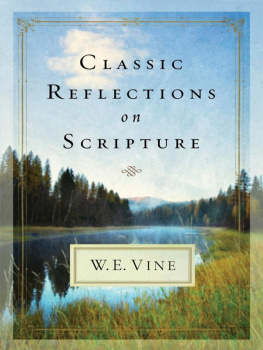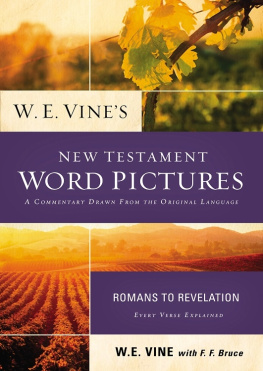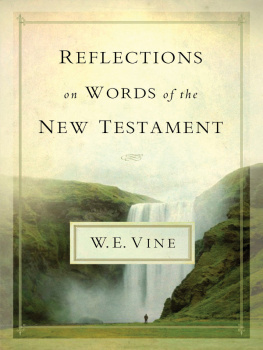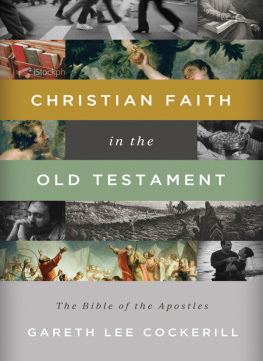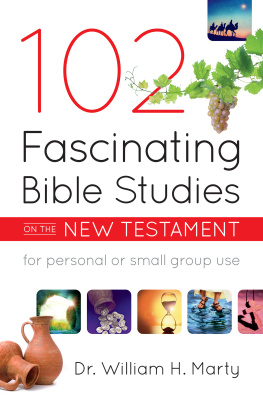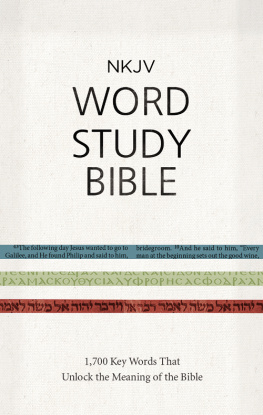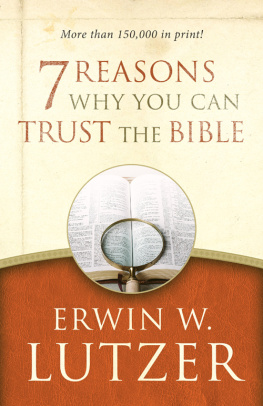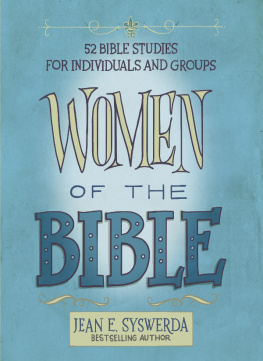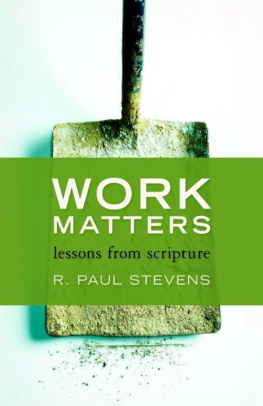
CLASSIC
REFLECTIONS
on SCRIPTURE

CLASSIC
REFLECTIONS
on SCRIPTURE

W. E. Vine

with reflections by
Gregory C. Benoit

2012 by W.E. Vine Copyright
All rights reserved. No portion of this book may be reproduced, stored in a retrieval system, or transmitted in any form or by any meanselectronic, mechanical, photocopy, recording, scanning, or otherexcept for brief quotations in critical reviews or articles, without the prior written permission of the publisher.
Published in Nashville, Tennessee, by Thomas Nelson. Thomas Nelson is a trademark of Thomas Nelson, Inc.
Writing, editing, and design by Gregory C. Benoit Publishing, Old Mystic, CT. 
Thomas Nelson, Inc. titles may be purchased in bulk for educational, business, fund-raising, or sales promotional use. For information, please e-mail SpecialMarkets@ThomasNelson.com.
Unless otherwise noted, Scripture quotations are taken from THE NEW KING JAMES VERSION. 1982 by Thomas Nelson, Inc. Used by permission. All rights reserved.
Scripture quotations marked KJV are taken from The Holy Bible, King James Version.
Scripture quotations marked NRSV are taken from the New Revised Standard Version Bible, 1989 by the Division of Christian Education of the National Council of the Churches of Christ in the U.S.A. Used by permission. All rights reserved.
ISBN: 978-1-4185-4921-3
Printed in the United States of America
12 13 14 15 QG 5 4 3 2 1
CONTENTS
William Edwy Vine (18731949) was a British writer and teacher who is best remembered for his unique Expository Dictionary of New Testament Words. He was, however, a rather prolific author who wrote many books on Bible study and theology, always approaching his topics with the same precision and insight he brought to his famous dictionary. Most of these books are now out of print, to the modern readers loss, due in part to his writing style, which is today considered old-fashioned and even sometimes confusing.
This book takes some of the rich insights from Vines works and smoothes the syntax to be more accessible to the modern reader. These selections offer both theological explication of the Scriptures and practical application of biblical principles to everyday life. Each selection is followed by a reflection intended to help Christians take the Bibles wisdom and apply it to their lives, while also providing deep concepts for meditation and further study. The selections are primarily from The Twelve Mysteries of Scripture, The Four Women of the Apocalypse (found in The Second Coming and the Last Days), and The Whole Gospel, with supplementary information from Vines New Testament commentaries and from his Expository Dictionary of New Testament Words.
The book is divided into sections that accord with Vines original works, and each section includes an exhaustive list of references for further study on selected topics. With these resources, the book can be used both as a tool for personal reflection and a springboard to deeper examination of Gods Word. The ultimate goal, however, is to help modern Christians to apply Gods Word to our lives, that each of us might be increasingly transformed into the image of Christ.
The Mysteries
of Scripture

Section Contents
For we do not have a High Priest who cannot sympathize with our weaknesses, but was in all points tempted as we are, yet without sin.
Hebrews 4:15
SCRIPTURE: 1 Timothy 3
God was manifested in the flesh (1 Timothy 3:16), and this statement directly declares Christs deity. Furthermore, His pre-existence is also clearly implied. That which is manifested has been hidden previously. He was with the Father and was manifested to us (1 John 1:2). And the Word became flesh and dwelt among us (John 1:14). Identifying Himself with humanity (apart from sin), Christ took on flesh and blood. This was the first step toward His role as Mediator between God and man. That relationship could only be brought about fully by His death and resurrection.
He was also justified in the Spirit (1 Timothy 3:16). The Mediator, in order to atone for sin by His sacrifice, must Himself be sinless. The absence of all sin during the whole of His life has been proved in every possible way, His enemies themselves bearing witness. His was the spirit of holiness, of absolute freedom from all taint or defilement. And you know that He was manifested to take away our sins, and in Him there is no sin (1 John 3:5). Christ passed unscathed through the fire of fierce temptation.
But how was He justified? Not as we are. We are justified by grace as sinners, but He was justified in vindication of His sinlessness. Righteousness is imputed to us, but it was inherent in Him. To this the Father bore witness at His baptism and at His transfiguration, and completely vindicated His sinlessness by raising Him from the dead. Thus it was that God justified His Son, and thus was fulfilled the messianic prophecy of Isaiah: He is near who justifies Me (Isaiah 50:8). He was declared to be the Son of God with power according to the Spirit of holiness (Romans 1:4). That declaration was only consistent with His holiness. Every test was applied, and He was proved to be the Just One, the Holy One.
1 JOHN 3:5
to take away our sins: Johns point in this passage is that Christ became man; He became incarnateand He did so in order to take away our sins. This shows that sin is incompatible with the divine relationship of being children of God. Johns focus here is not on the nature of the atonement but on the effect it should have in the lives of believers.
An entire bookan entire librarycould be written about the mystery of Jesus Christ, or God become flesh, and the mere surface of its depths would merely be skimmed. Indeed, an entire book has been written on the subject, for every page of the Bible is intent upon bringing to mankind Gods ultimate good news, the gospel of God embodied in His Son. This book, too, endeavors to plumb in some small way the depth of Gods grace through Christ, as we examine mans condition, the Devils opposition, and Jesus gift of eternal redemption. But before we can begin such an examination, we must first understand two vital pieces of this mystery: the deity of Christ and His sinless life on earth.
Jesus, Gods only begotten Son, came to earth for the specific purpose of paying the price for the sin of the human race. But in order for this to be accomplished, He could not have any debt of His own to pay. The sin of Adam condemned all his descendants to a debt that they could not pay, the debt of death brought about by sin. Gods justice demanded payment in full for this debt, but it could only be paid by One who was Himself without sin. Jesus lived His entire life on earth in complete obedience to the will of the Father and committed no sin. This fact was testified by the writers of the New Testament (Hebrews 4:15), and even by the very people who condemned Him to death on the cross (John 18:38; 19:4, 6). But the most irrefutable proof of His sinless life came from the Father Himself: And suddenly a voice came from heaven, saying, This is My beloved Son, in whom I am well pleased (Matthew 3:17).
Next page
